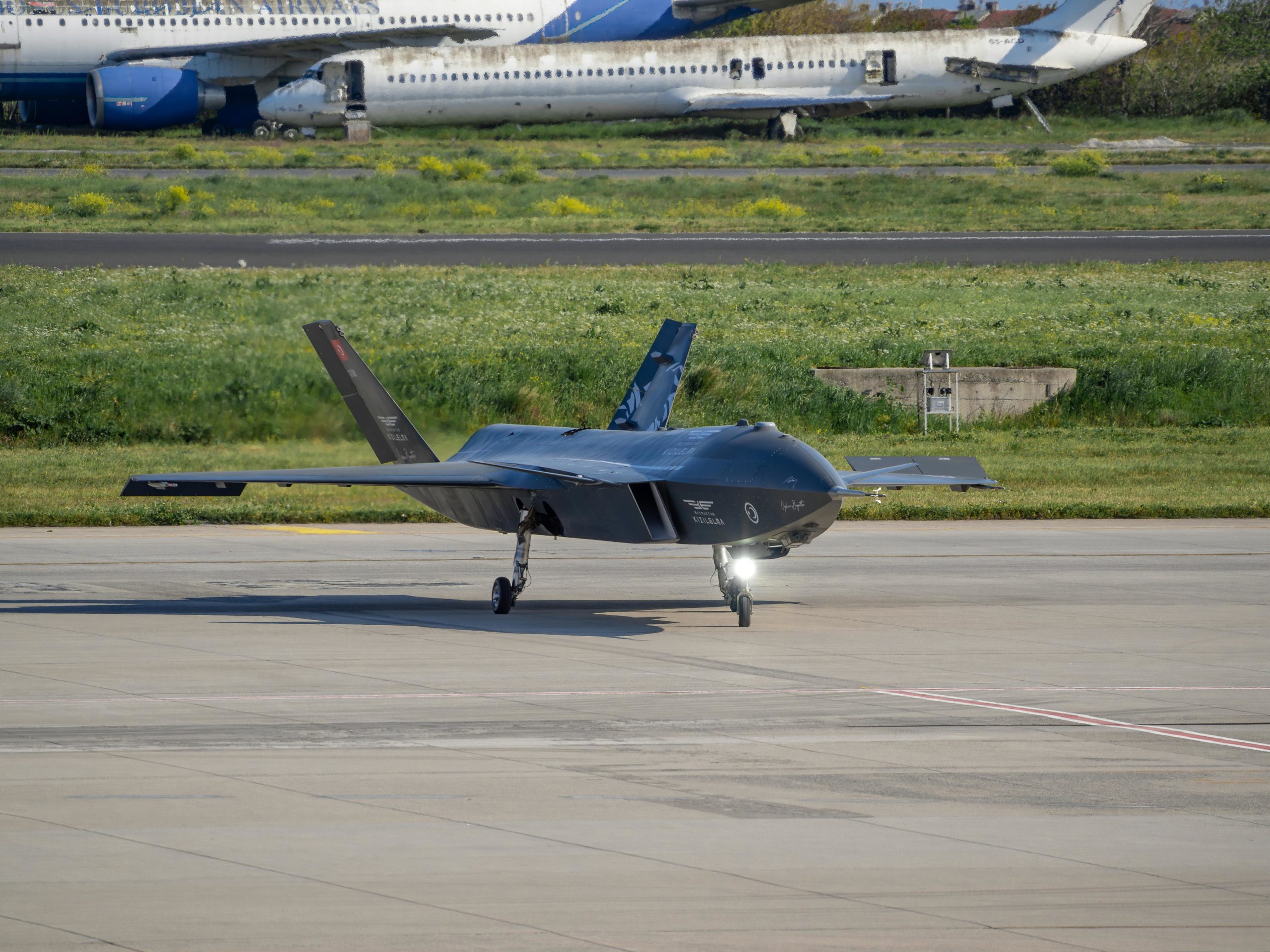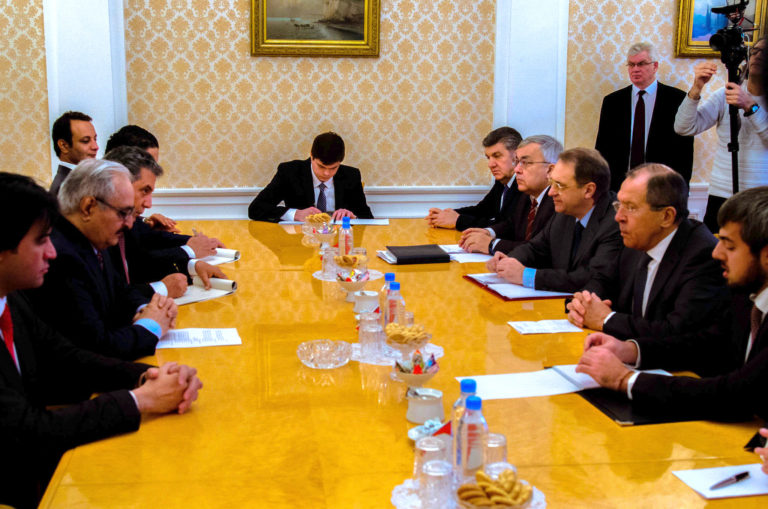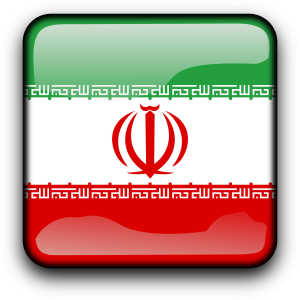By Anthony TRAD, Security Analyst and President of STRADEGY Advisory
The Drones: The New Weapon of the Poor?
In a world where global power relations remain deeply asymmetric, drones are changing the game. Inexpensive, adaptable, and remarkably effective, they now allow long-marginalised actors – be they state or non-state to challenge – and sometimes even defeat, conventionally superior adversaries.
At once scouts, messengers, and horsemen of modern warfare, drones pierce defences, guide action, and deliver tactical upper hands. From real-time intelligence to precision strikes, they are redefining access to power and reshaping the tools of deterrence.
By upending traditional hierarchies, drones are transforming war, and with it, the very nature of power. Ubiquitous on battlefields yet absent from treaties, they have become the asymmetric weapon of choice and a major strategic and ethical headache.
Welcome to the age of low-cost warfare.
Does Deterrence Still Cost Billions? Not Anymore, Thanks to Cheap Drones
The drone is not the weapon of the poor, it’s the weapon of those who must do more with less. Strike without declaring war. Deter without dominating. Threaten without appearing too much. In a world where stealth fighters, satellites, and ballistic missiles remain the preserve of great powers, these pilotless machines are fracturing the monopoly on air superiority. Accessible, efficient, precise – they reshuffle the deck. And at a bargain price.
Today, for a few hundred dollars, a modified commercial drone can disable a tank, disrupt supply lines, or target a general hidden kilometres behind enemy lines. The imbalance is no longer in firepower, but in the cost of entry. Drones “symmetrise” without equalising: they don’t restore balance but give weaker and more agile actors a strategic margin that conventional warfare once denied them.
Turkey understood this before others. In under a decade, Ankara became one of the world’s top drone exporters thanks to its Bayraktar TB2, now sold to more than 30 countries. At under $5 million apiece — twenty times cheaper than an F-35 — the TB2 offers 24-hour endurance and battlefield-tested efficiency: Syria, Libya, Nagorno-Karabakh, Ukraine… and counting. In 2024, Turkish drone exports surpassed $2 billion. Ankara didn’t just build a rugged drone nicknamed the “Kalashnikov of the skies”, it created an entire market, and with it, a strategic model that other middle powers are now trying to replicate.
Drones don’t replace traditional armies. They complement, augment, and redirect them, synchronising strikes and reconnaissance with artillery and infantry. But above all, they democratize functions once reserved for the powerful: real-time surveillance, precision targeting, reduced human exposure. A state with limited military resources can now slow down, wear out, or destabilise a stronger adversary — without a massive army or costly, constraining alliances. Drones haven’t made war more just, nor the conduct of war more noble. They’ve simply changed the list of those who can wage it or resist it.
Are Drones Redrawing State-to-State Power Balances? More Than Ever.
Drones have made possible a form of resistance that asymmetry once rendered unthinkable. Confronted with one of the largest military arsenals in the world, and denied the direct involvement of NATO troops, Ukraine — heavily reliant on Western funding and lacking in heavy equipment — turned to a makeshift, yet deadly, doctrine of drone warfare. For under $1,000, locally 3D-printed FPV drones have been transformed into kamikaze units, fitted with improvised explosive devices, capable of destroying expensive T-90 tanks, Pantsir air defence systems, and Russian logistical hubs.
By 2024–2025, over 10,000 Russian vehicles had been reportedly neutralized by drones, which were also responsible for more than half of Russian battlefield casualties. By 2026, Ukraine aims to produce 5 million of these low-cost weapons. Simple to manufacture yet tactically devastating, these drones have allowed a conventionally weaker state to hold the line and resist the world’s second-largest army for three years straight.
Azerbaijan had already demonstrated the disruptive power of drones during the Second Nagorno-Karabakh War in 2020. In just 44 days, Baku recaptured 90% of the disputed territories it had failed to reclaim over three decades, without air superiority and with significantly fewer casualties than Yerevan. The key? A dual drone strategy: Turkish TB2s provided real-time intelligence and coordinated near-instant artillery strikes, while Israeli Harop drones carried out targeted decapitation missions against Armenian tanks and air defence systems.
Taiwan, for its part, is already preparing. Much like Kyiv before 2022, the island faces a more powerful, expansionist neighbour: China. Aware that American military support may not be guaranteed forever, Taipei is investing in a decentralized defence doctrine inspired by recent asymmetric wars. Drones, distributed strike capabilities, and saturation tactics are all part of a strategy in which every meter of land is turned into a zone of attrition, not to win fast but to make any invasion slow, costly, and strategically unsustainable.
And for Non-State Actors: Effective or Illusory?
Drones are no longer the monopoly of states. Their battlefield effectiveness, low cost, commercial availability, and tactical adaptability have made them the weapon of choice for nonstate actors seeking to strike behind enemy lines. Yet with mixed results.
In Yemen, the Houthis were among the first to hit distant, strategic targets using Iranian drones like the Qasef-1 and Shahed-136. The emblematic 2019 attack on Aramco’s oil facilities in Saudi Arabia — which temporarily crippled 50% of the Kingdom’s oil production — showcased the disruptive power of a terrorist group. Since 2023, the Houthis have also deployed kamikaze drones to target commercial and military vessels in the Red Sea, disrupting up to 15% of global maritime traffic. In 2024, they even struck Tel Aviv 1,500 kilometres away; a clear demonstration of their destabilising reach.
In Lebanon, Hezbollah has developed a drone unit since the early 2000s, initially for reconnaissance, later for offensive use. But their effectiveness has remained limited due to Israel’s superior technological edge in electronic warfare and pre-emptive targeting. Hezbollah’s drones have frequently been intercepted by Israel’s Iron Dome. Meanwhile, Israeli forces make daily use of killer drones to surgically target Hezbollah commanders and systematically decapitate the group’s leadership chain.
Easy War? Miracle Weapon? Unbeatable? Not Quite.
The lesson is twofold: the drone is an asymmetric weapon – but an imperfect one. It does not guarantee victory. Its effectiveness depends on a clear doctrine, tactical coordination, and precise intelligence. Without these, despite its power, it remains vulnerable to jamming, weather conditions, and human error.
Its global proliferation already raises the question of response. Against swarming or stealth attacks, traditional air defence systems are no longer sufficient. The challenge today isn’t just to own drones, but to neutralise them. Israel is developing the Iron Beam to complement its Iron Dome. The United States is testing microwave cannons. Russia, for its part, uses electromagnetic jamming to disable Ukrainian FPV drones. The irony is stark: this cheap weapon is now forcing major powers to design costly antidotes.
But the real disruption lies elsewhere. Drones have drastically lowered the entry cost of warfare. Anyone can now strike without pilots, without leaving a trace, and without a formal declaration of war. Conflict becomes more accessible and therefore more likely. A drone strike can be denied, disavowed, or drowned in media noise.
Artificial intelligence also promises new ruptures. Systems combining facial recognition, thermal imaging, and deep learning are already being tested to automate targeting. Strikes executed without human intervention? On paper, fewer mistakes. But in practice — far less accountability.
And Tomorrow? Regulate Before It’s Too Late
The primary challenge ahead is political. Unlike nuclear, biological, or chemical weapons — which triggered swift international responses — it is astonishing that no global framework currently exists to regulate the military use of drones. No treaty, no red lines, no mechanism of accountability for targeting. The most proliferated weapon of the decade is also the least governed. It’s not the machine that kills, it’s the absence of rules.
It is time to act. The laws of war remain too vague to regulate the technical, strategic, and ethical realities of modern drones. As with nuclear and chemical weapons, the world urgently needs an International Drone Regulation Agency — modelled on the IAEA or OPCW — to define and enforce global standards. Four key pillars could guide its mandate:
- Transparency: Allow targeted inspections, including post-strike image analysis in cases of credible violations of jus in bello;
- Accountability: Ban fully autonomous lethal strikes; ensure a “human-in-the-loop” remains, even under AI-assisted targeting;
- Certification: Require states to train and certify drone operators in international law to instil moral responsibility and ethical restraint;
- Control: Restrict drone exports to authoritarian regimes, non-state entities, or conflict zones lacking compliance with international norms.
If drones are the warfare of tomorrow, then their use must be governed today, before accessibility turns to chaos.
In sum, drones are neither good nor bad. They are powerful. And that power, precisely because it is so accessible, must be thought through, constrained, and assumed.
They are neither the weapon of the poor, nor of the rich. They are the weapon of the present. And the means to counter them still belong to the future.
Drones now allow vulnerable states to survive, to strike, sometimes even to win. They mark the beginning of an era of remote, dehumanised, asymmetric warfare. And perhaps that is the real rupture: great powers no longer set the rules of the game alone.
If 20th century was defined by the nuclear race and the space race. The 21st may well be defined by unmanned and lawless wars.
Except this time, the competition is no longer reserved for superpowers. The weapon is already in the hands of those who refuse to play by the rules of war.














